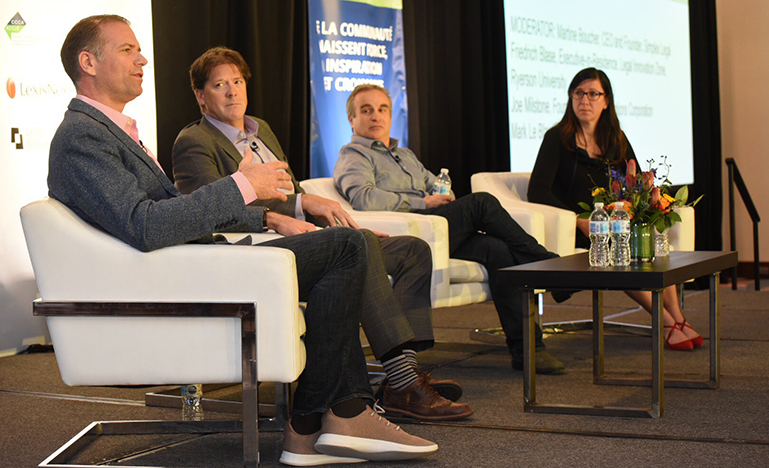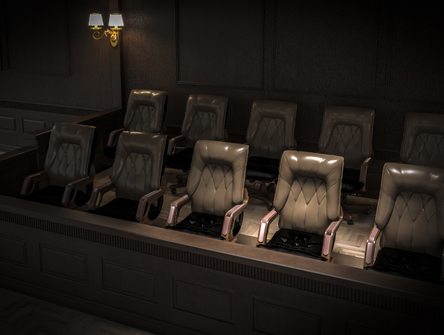Getting innovation off the ground
It’s not about the software.

Thomas Edison once said that genius is one per cent inspiration and 99 per cent perspiration. When the light goes on overhead in today's in-house legal department, lawyers can expect that the effort they put into coming up with the idea will be far outweighed by the work they’ll have to put in to bring it to fruition.
Simplex Legal founder Martine Boucher puts the ratio at 10 per cent ideation to 90 per cent implementation, developing the processes and doing what must be done for change management.
Boucher made the comment while chairing a plenary session at this year’s 2019 CCCA conference titled Innovation Reality Check: Measuring What’s Real and Important to your organization. Panellists were Joe Milstone, serial legal entrepreneur and founder of Legalyze Operations Corporation, among others; Mark Le Blanc, general counsel of TVO; and Friedrich Blase, executive-in-residence at Ryerson University’s Legal Innovation Zone.
Milstone put his own spin on the math: he says 80 per cent of the effort is just making the initial leap, that first resolution to do something instead of staying in the comfort zone.
Le Blanc, who oversaw TVO’s transition from legacy broadcaster to digital company, says the first thing he realized is that innovation is not all about technology – it’s also about process change, which in his workplace had a bigger overall impact than new technology.
Milstone sees legal innovation on a spectrum of evolution – the first iteration came 25 or so years ago when, he notes, in-house legal departments were the innovation. The second innovation was around resources, in terms of who does what work – flexible in-sourcing or off-shoring, for example. And the next iteration will be around legal operations, which does include – but importantly is not limited to – technology.
“I hope you’re not tired of legal innovation, because we have only scratched the surface of it,” says Blase, whose experience with legal innovation included building a consortium of firms to run a trial of contract clause extraction software. The process taught him a few things about technological innovation, he said, using a German-car metaphor to illustrate his findings: there’s a lot of people saying they’re selling Porsche turbos that might even be self-flying in three years. But under the hood they’re just Volkswagen Polos.
More importantly, he said, he discovered that, “It is easy to buy the technology, the technology is five per cent of your problem. It is the process and the resources to be able to run the technology well,” that takes the time and energy. “The technology decision is the tip of the iceberg.”
Le Blanc said the biggest surprise for him was how he had to become a salesman to get anything done. “When you first look at trying to wrestle with one of these challenges, you’re going to need two things: 1) resources, and 2) budget,” he said. “In order to get those you have to do something lawyers don’t usually do – you have to sell.”
And the selling never stops, he adds. He calls it the hierarchy of hard, harder and hardest: it’s hard to figure out what to do, harder to implement it that idea, and hardest still to get people to use it. He talked about putting together a great database that would deliver important metrics to guide future decisions – that nobody used. “You’ve got to feed it and you’ve got to use it” for your innovative idea to work, he said.


